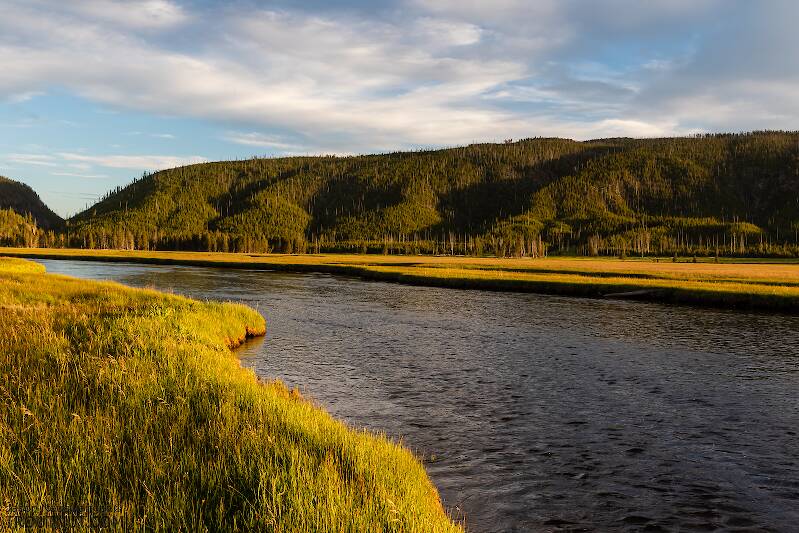
Blue-winged Olives
Baetis
Tiny Baetis mayflies are perhaps the most commonly encountered and imitated by anglers on all American trout streams due to their great abundance, widespread distribution, and trout-friendly emergence habits.
Featured on the forum


Troutnut is a project started in 2003 by salmonid ecologist Jason "Troutnut" Neuswanger to help anglers and
fly tyers unabashedly embrace the entomological side of the sport. Learn more about Troutnut or
support the project for an enhanced experience here.
Partsman on Feb 16, 2021February 16th, 2021, 10:59 pm EST
Go to the troutbitten website, Dom has a complete explanation on the rig along with some different formulas for a mono rig. You loop to loop your mono rig to your fly line, then if you get into a hatch and rising fish just take the mono off but on your favorite dry leader and your back in business.
Mike.
Mike.
Martinlf on Feb 17, 2021February 17th, 2021, 3:24 am EST
There are a lot of different ways to manage leaders. Partsman has a good idea, especially if you only have one spool. I like the Whitlock or Caucci super glue splices for fly line to leader because of the smooth connection. Google will show you how to do them if you're interested. I carry a spool with a euro leader and one for dry flies and switch spools when I switch from dry to nymphing. It seems to me everyone works out what makes sense to them, and makes their system work. But back to your original question. Most people I know have some kind of fly line between the backing and the leader. If you have a really long leader, such as Dom's mono rig, it doesn't matter too much what kind of fly line you use since most, if not all, of your casting is just casting the leader. Theoretically you could go backing to leader, but most like the feel of handling fly line before you get into backing if the fish makes a run. And if you are fishing for big fish, you would lose the length of the fly line and only depend on the backing, which if not long enough, could lead to problems with a long run.
Troutnut liked this post.
"He spread them a yard and a half. 'And every one that got away is this big.'"
--Fred Chappell
--Fred Chappell
Adirman on Mar 28, 2021March 28th, 2021, 5:02 am EDT
I agree , especially when fighting large and powerful fish; nothing worse than a break off when your loop connection hangs up on the guides !! What are those super glue splices that you referred to ? I’d like to check that out .
Martinlf on Mar 29, 2021March 29th, 2021, 1:45 am EDT
The fist link below basically describes the same process I follow, which I learned from an essay by Dave Whitlock. Instead of using a sewing machine needle, I make a tool with a small hand sewing needle supergluing the point into a small dowel "handle". After using a bodkin or sewing needle point to start a hole in the end of the fly line, I poke the butt of the hand sewing needle into the fly line, push it in an inch or more, and push it out the side. The video describes the next steps. Pulling the leader into the fly line, I also don't leave a tag to cut off. I taper the end of the butt with an angle cut and sandpaper and make sure to pull the butt end of the leader just into the fly line. It's tricky to get it just a millimeter or less into the line, but this results in a neater result. I also always use standard Crazy Glue, as recommended to me by Al Caucci, but I'm sure the Locktite will work. Don't use cheap generic superglue, though (A buddy tried it and it dodn't work), and always use a new tube of Crazy Glue. Old glue doesn't work at times, as I discovered when first learning to do this. I called Al and he immediately told me to throw out the old glue and get a fresh tube.
https://www.youtube.com/watch?v=BjSxn0O9qAk
Finally, I build up a ramp at the point where the leader leaves the fly line, using a micro drop of super glue and making sure it creates an angled transition. This may be a bit obsessive, but it's the absolutely smoothest transition you can get. If you have a knotted hand tied leader, the Caucci method below also works on them. I started with it, learning from a DRC guide when Al owned the DRC. But it's heavier, using more glue, and sinks more easily. You can always use a bit of silicone paste to make the butt of your leader float, though.
https://www.youtube.com/watch?v=pVn_iRoc5ZQ
You need to replace these each year. I've never had one fail on me until I tried to get a second year out of it. It did not fail on a fish, but as I stretched the leader before fishing. Still, it taught me to replace yearly. Last year I got lazy and used one for about half of a second year before bothering to replace, but I checked it before each outing. This year, I replaced all my leaders in early March, using a glue splice.
I've been using the super glue splices for at least 25 years, and have never had one pull out with a fish.
https://www.youtube.com/watch?v=BjSxn0O9qAk
Finally, I build up a ramp at the point where the leader leaves the fly line, using a micro drop of super glue and making sure it creates an angled transition. This may be a bit obsessive, but it's the absolutely smoothest transition you can get. If you have a knotted hand tied leader, the Caucci method below also works on them. I started with it, learning from a DRC guide when Al owned the DRC. But it's heavier, using more glue, and sinks more easily. You can always use a bit of silicone paste to make the butt of your leader float, though.
https://www.youtube.com/watch?v=pVn_iRoc5ZQ
You need to replace these each year. I've never had one fail on me until I tried to get a second year out of it. It did not fail on a fish, but as I stretched the leader before fishing. Still, it taught me to replace yearly. Last year I got lazy and used one for about half of a second year before bothering to replace, but I checked it before each outing. This year, I replaced all my leaders in early March, using a glue splice.
I've been using the super glue splices for at least 25 years, and have never had one pull out with a fish.
"He spread them a yard and a half. 'And every one that got away is this big.'"
--Fred Chappell
--Fred Chappell
Quick Reply
Related Discussions
Topic
Replies
Last Reply
1
Feb 26, 2020
by Martinlf
by Martinlf




